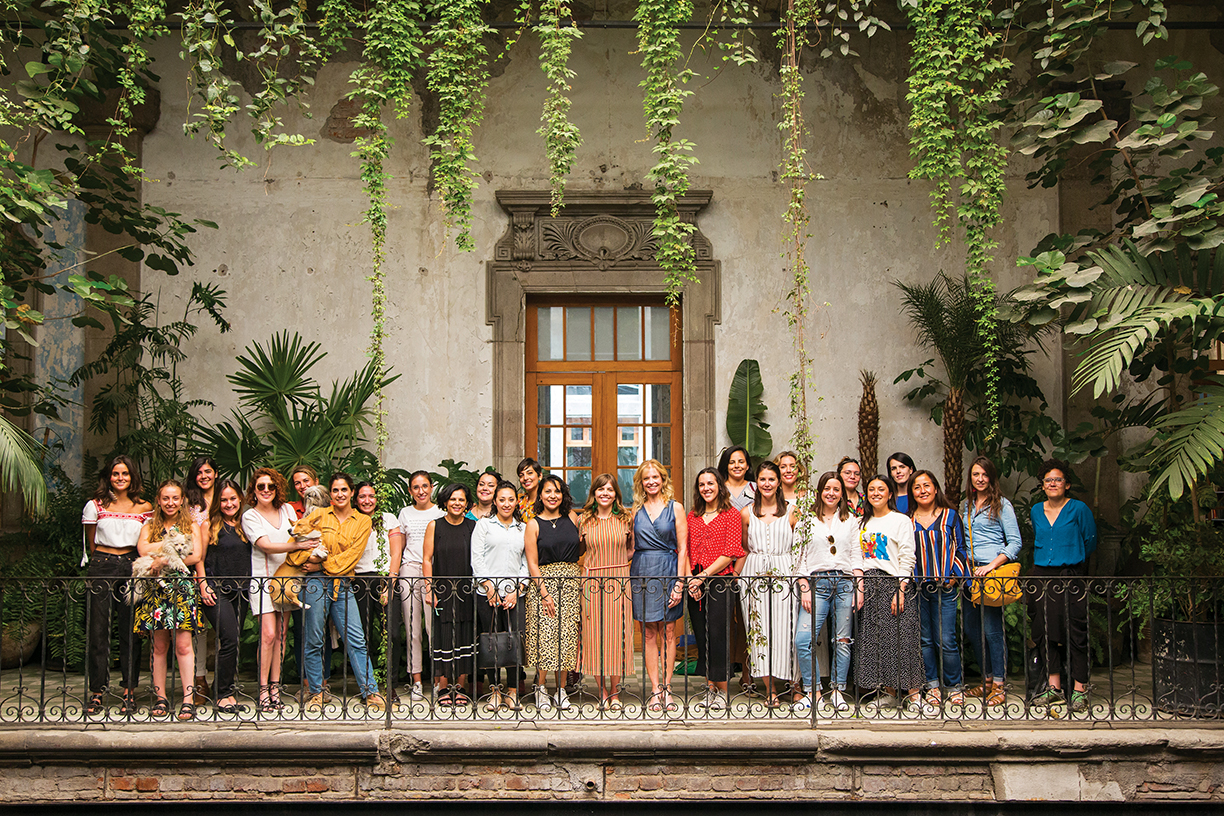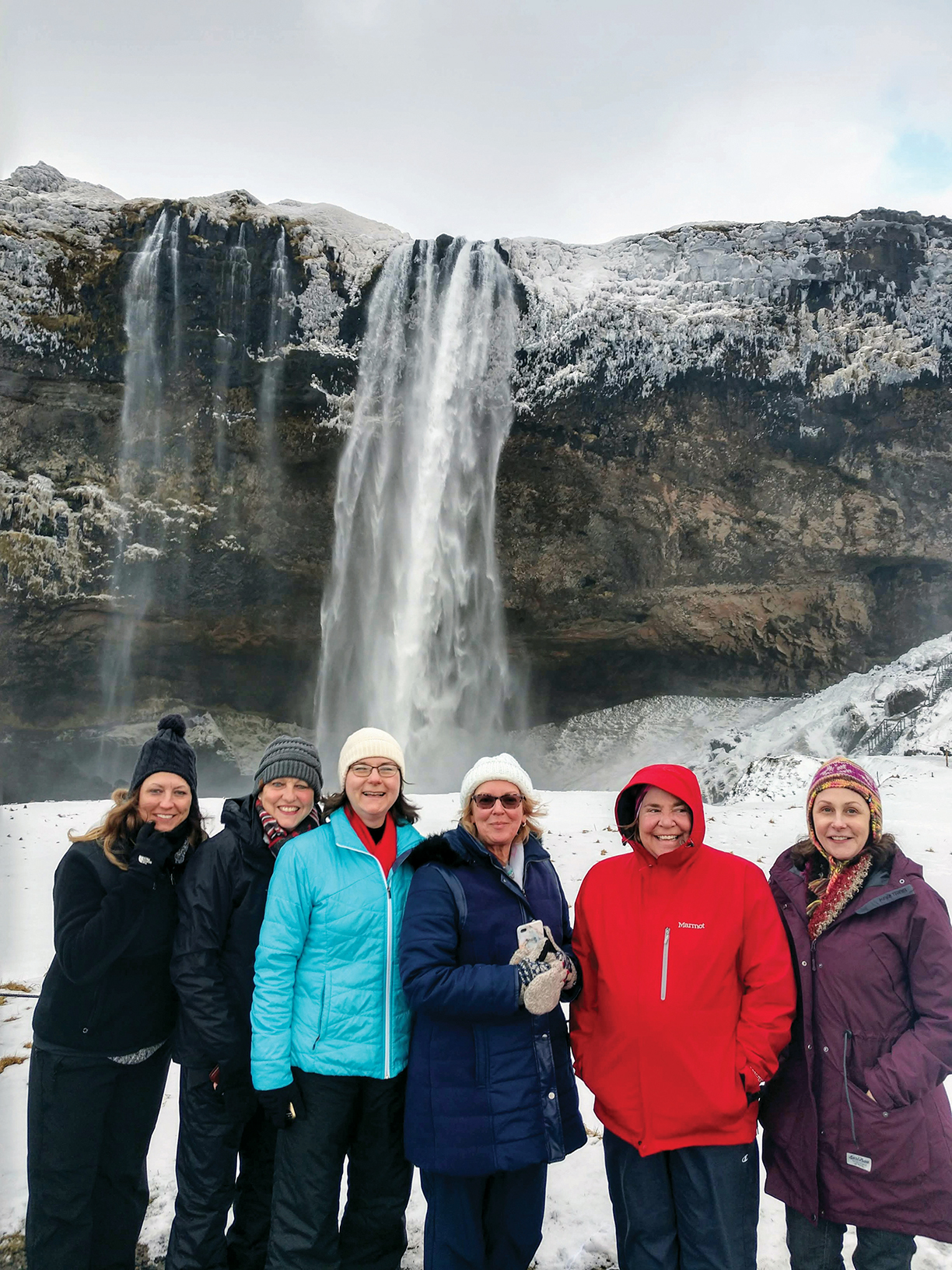Cover image: ©istockphoto.com / Rost-9D
In the male-dominated field of architecture, women struggle to overcome institutionalized barriers to gender equity.
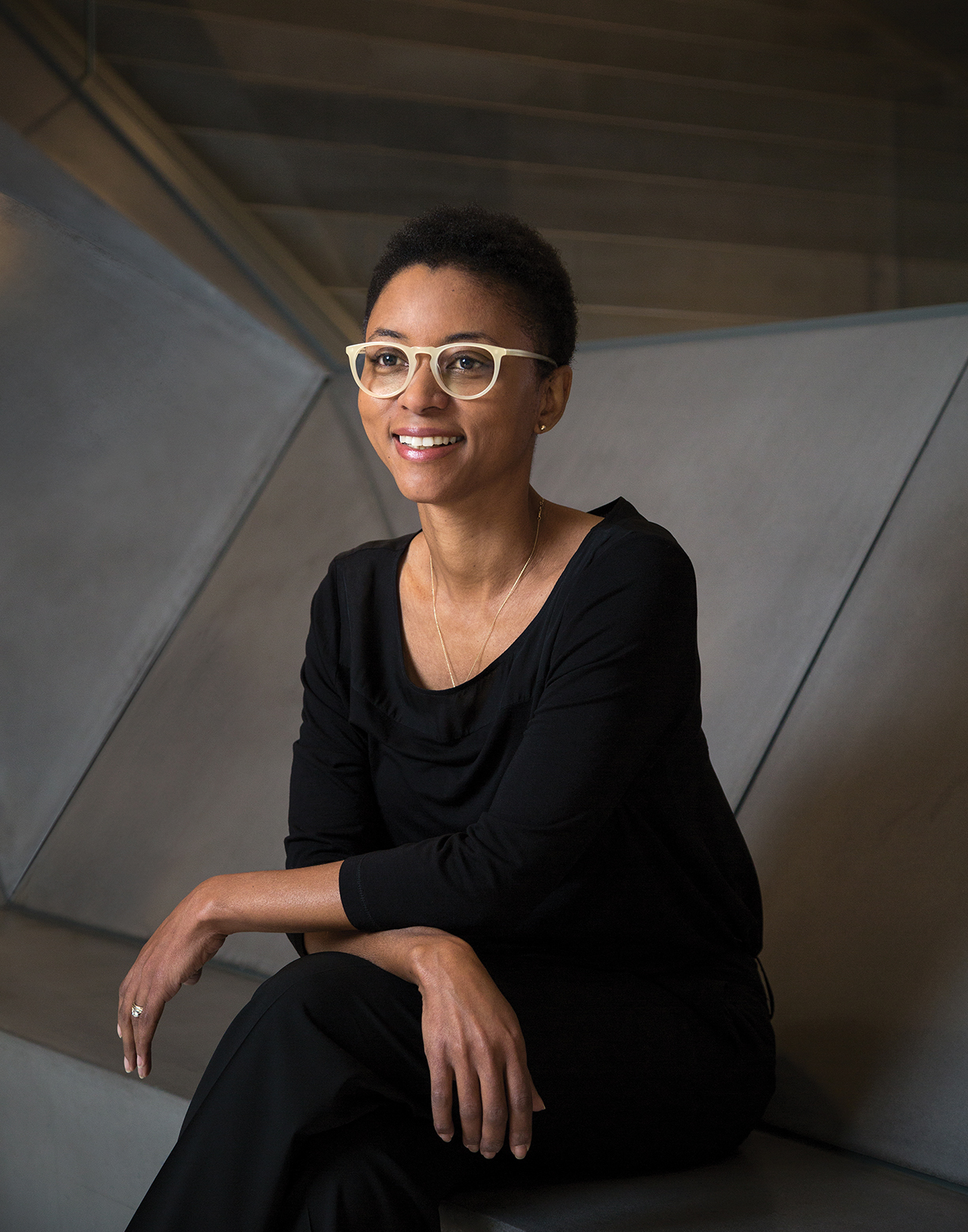
At her eponymous New York City studio, architect Nina Cooke John creates sophisticated spaces through “high-impact” residential architecture.
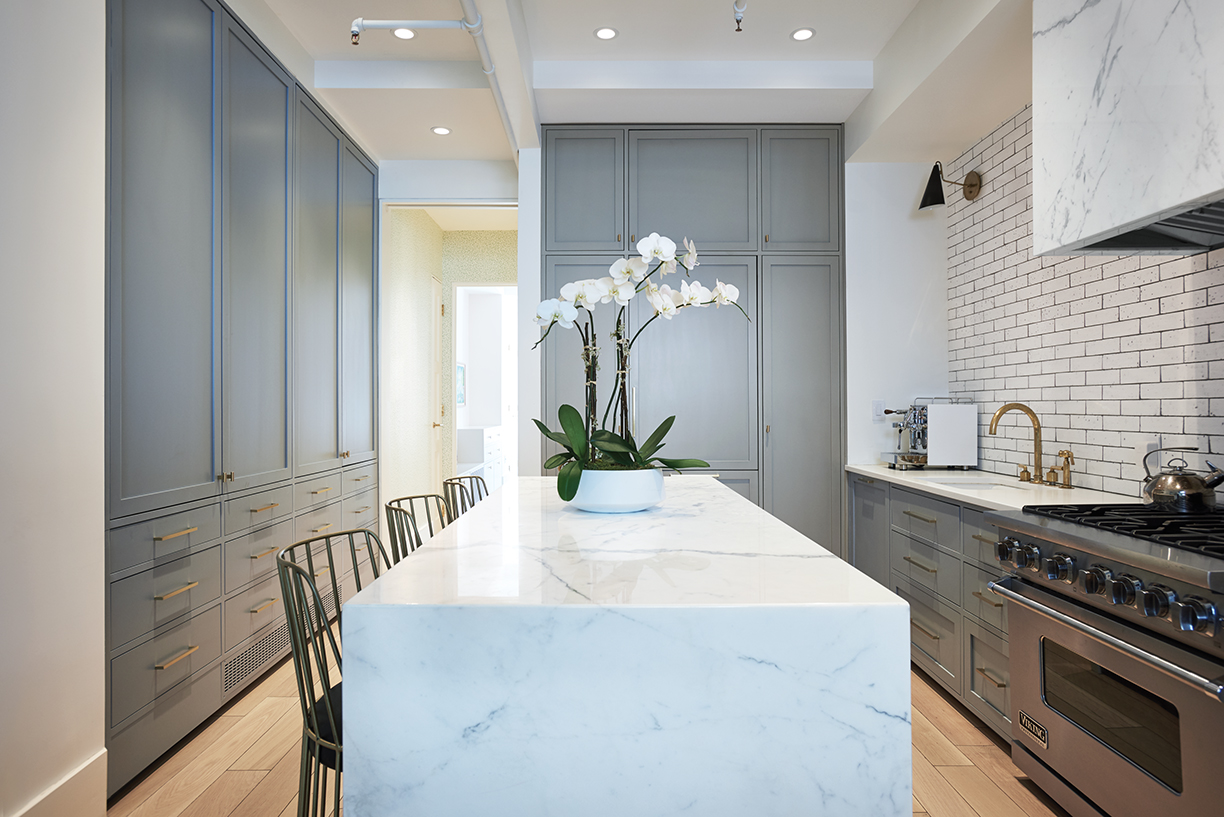
Nina Cooke John photo by Ball & Albanese; Below photo by Lisa Russman Photography.
Courtrooms are increasingly occupied by women attorneys and even judges, and world-class hospitals have no shortage of women physicians. But, regrettably, the profession of architecture remains nearly as male-dominated as the halls of the U.S. Senate or Fortune 500 boardrooms. In a field that demands both artistic achievement and construction expertise, gender equity has been painstakingly slow.
There are certainly some bona fide celebrity women architects, such as Jeanne Gang who is dramatically redefining the skyscraper, and Elizabeth Diller whose firm of Diller Scofidio + Renfro created The High Line in New York and The Broad in Los Angeles. They follow Zaha Hadid, the trailblazing Pritzker Prize-winning designer who passed in 2016. The prominence of these women has inspired a new generation of female architects, but that path is still laden with roadblocks.
Despina Stratigakos, Ph.D., vice provost for inclusive excellence and professor of architecture at the University at Buffalo, states, “Architecture is a male-dominated profession by design,” and explains that there was strong pushback when women first started entering the field 140 years ago. “The justifications given then for excluding them from practice, revolving around women’s negative ‘feminine’ influences, became embedded as core values of the professional culture,” says the professor, who reports that a deep-seated bias against women’s abilities continues today.
Stratigakos’ 2016 book, Where Are the Women Architects? was partly inspired by the emergence of a new movement seeking greater gender equity in the profession. “I wanted to raise awareness of this long-standing question and of the voices of activists pushing for answers today,” she explains. “Women have long advocated for greater diversity in architecture, but too often have been ignored by the profession’s leaders,” says Stratigakos.
The professor cites statistics that reflect approximate gender parity among students enrolled in accredited architecture programs in the U.S. but that is not, however, indicative of women’s advancement in the profession after graduation. “Although the gap has shrunk between the numbers of men and women studying architecture, racial and ethnic disparities are slower to change,” adds Stratigakos, who notes that Black women are sorely underrepresented in architecture schools.
While challenges for women of color can be dispiriting, voices like Nina Cooke John provide inspiration for those entering the field. The Jamaican-born architect, whose New York-based Studio Cooke John specializes in “high-impact” residential architecture — she explains the concept as maximizing and customizing every square inch of the spaces she describes as “machines for living” — and public art.
Cooke John, whose impressive resume includes degrees from Cornell and Columbia, was included in Dwell magazine’s “13 Extraordinary Women in Design and Architecture You Need to Know.” Following faculty positions at Syracuse University and Parsons School of Design, she has returned to Columbia to teach architecture, making the professor well suited to counseling young women entering the field. Informed by her experience as one of the few Black women in her class at Cornell, she advises, “It’s important to speak out and create your own community because support is paramount to your success.” She suggests that if students who feel isolated cannot find that support on campus, they should reach out to practitioners or minority-based professional associations for mentorship.
After practicing and teaching extensively, Cooke John created her own firm with another woman architect — both mothers of young children who appreciated the flexibility most large firms could not provide — and eventually went solo. She reports, “For many women, it’s about finding your voice and creating an environment that’s difficult to find in a male-dominated firm.” Suggesting women tend to approach the profession differently, Cooke John reports, “When women interact with clients, it’s not so often about ego but listening to the clients and responding to their needs.”
“We interact with the built environment constantly, and while some people view it as in the background, it’s really the foreground of everything we do,” says Cooke John, who adds, “When people engage with one another in public spaces, community-building is much stronger.” Her foray into public art installations further advances her philosophy of placemaking, which transforms relationships between people and the human-made environment.
Julia Gamolina is director of strategy at Trahan Architects, an international firm with offices in New Orleans and New York, whose portfolio includes prominent educational, sports and performing arts venues. She is also founder and editor-in-chief of Madame Architect, an online magazine that celebrates the achievements of women in the field and serves as a digital mentor to young professionals. Explaining that challenges for women are exacerbated by influences beyond their own architectural firms’ cultures, Gamolina observes, “Most professions dealing with the built environment, such as commercial real estate, construction and engineering, tend to be even more male-dominated than architecture.”
The editor of Madame Architect not only laments the lack of gender equity in her industry, but suggests progress is unlikely to be swift. “It’s slow to change because architecture itself takes a long time, from financing and government approvals to design and construction,” explains Gamolina, another accomplished Cornell alumna. She reports the numbers of women in leadership positions is more anemic than overall female participation in the industry, but notes some women start their own firms after becoming mothers.
Other women, reports Gamolina, drop out of the rigorous profession when they have their first child because employers do not offer sufficient flexibility. “It’s not a motherhood problem at all,” insists the architect and journalist, who maintains that lack of flexibility applies equally to fathers and even caretakers of elderly parents. One potential dividend from the pandemic was the recognition by employers that staff can be fully productive working outside the office.
Gamolina believes young women need to understand there are exciting roles awaiting them in architecture beyond design itself, and points to her own director of strategy position at Trahan Architects. “Madame Architect showcases all the career possibilities within the field,” she explains, citing specialties in administration, communications and marketing.
Rosa Sheng is a principal at SmithGroup, whose 15 offices create cultural centers, master-planned cities and mixed-use projects around the globe. Sheng also serves as her firm’s director of justice, equity, diversity, and inclusion, and is founding chair of the Equity by Design Committee created by the San Francisco chapter of the American Institute of Architects (AIA).
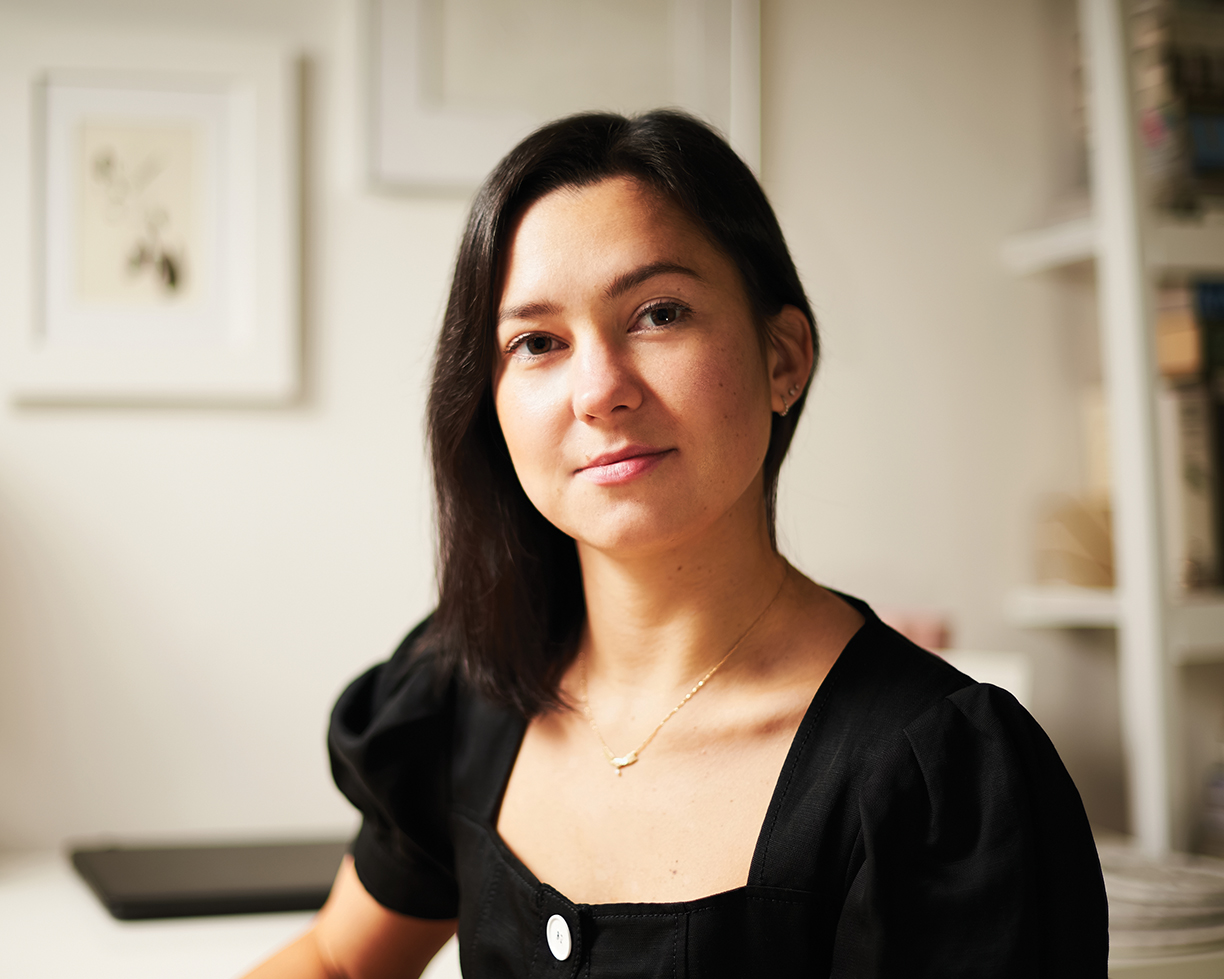
Julia Gamolina is director of strategy for Trahan Architects — the Coca-Cola Stage at Atlanta’s Alliance Theatre is a signature project — and is also editor-in-chief of Madame Architect.
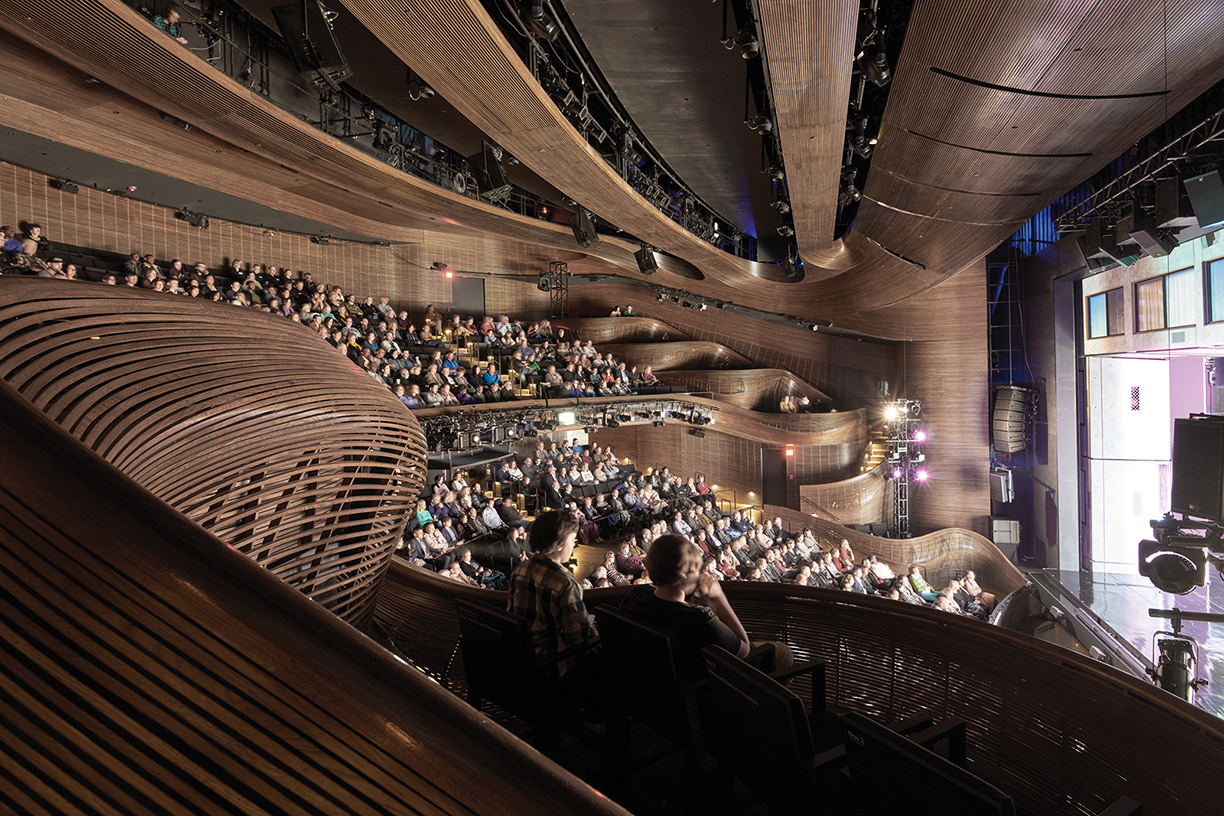
Photo of Julie Gamolina by Lily Olsen; Theater photo by Leonid Furmansky.

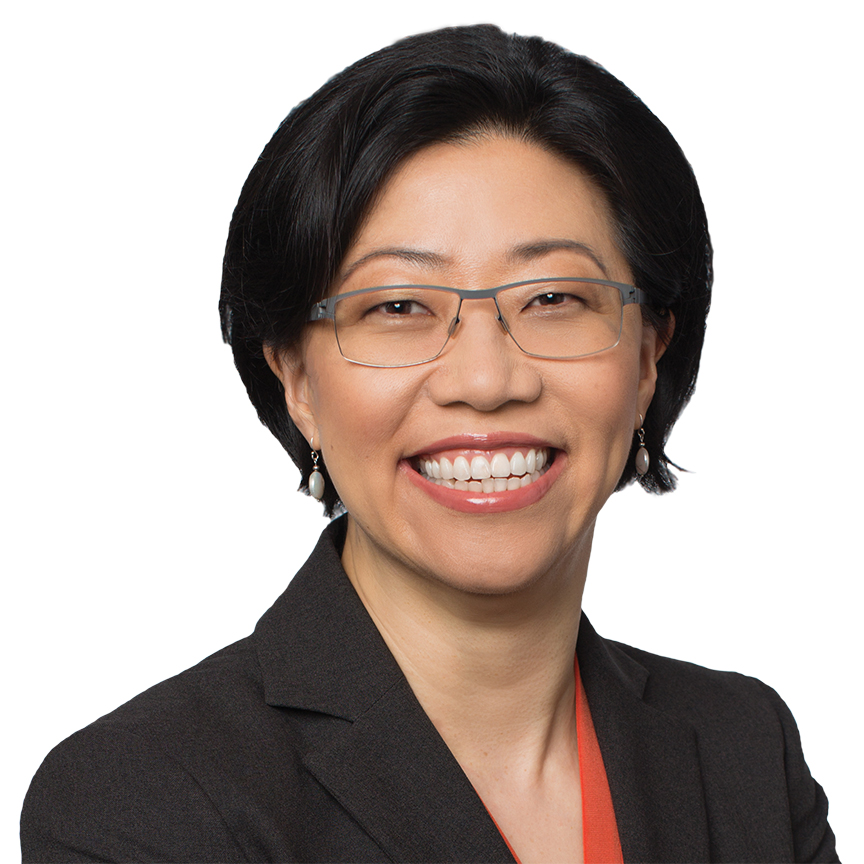
Equity by Design has conducted three pivotal research studies with the most recent, in 2018, involving a survey of more than 14,000 architecture school graduates. For Sheng, therefore, anecdotal stories from her colleagues are supported by hard data. Her research reveals several “pinch points” in the careers of women architects: pathways to licensure, access and opportunities to leadership positions, caregiving navigation/reconciliation, and pay equity for similar roles or positions. Her committee’s early work focused on the “missing 32 percent,” referring to the attrition rate between women architecture school graduates and those who became licensed.
After giving birth to her second child during the Great Recession, Sheng was experiencing one of those pinch points. “I felt like I couldn’t be a good parent or a good architect,” she recalls defeatedly, and adds, “People say there are barriers, but you don’t believe it until you experience them.” In challenging times, women leave the profession, something Sheng herself considered even after years of success. But her work with Equity by Design has provided a new purpose to complement her passion for the discipline. “It’s that feeling of being swept away by the excitement, like, ‘Wow! There’s something here we can influence and help to change,’” explains the activist architect.
Sheng reports, “In addition to Equity by Design, there are many more women in architecture leading efforts to share experiences, celebrate achievements for justice and equity in the profession, and inspiring a more diverse demographic of architectural practitioners.” She cites organizations like 400 Forward, a nonprofit that inspires women of color to become architects.
“Your success will not be determined by your gender or your ethnicity, but only on the scope of your dreams and your hard work to achieve them.” This is not just any motivational trope, but the words of the great Zaha Hadid, who overcame challenges on both fronts.
Rosa Sheng, a principal at SmithGroup — the UC Davis Teaching and Learning Complex is a recent project — was founding chair of the Equity by Design Committee.
Photo by Scott R. Kline; Building renderings courtesy of SMITHGROUP.
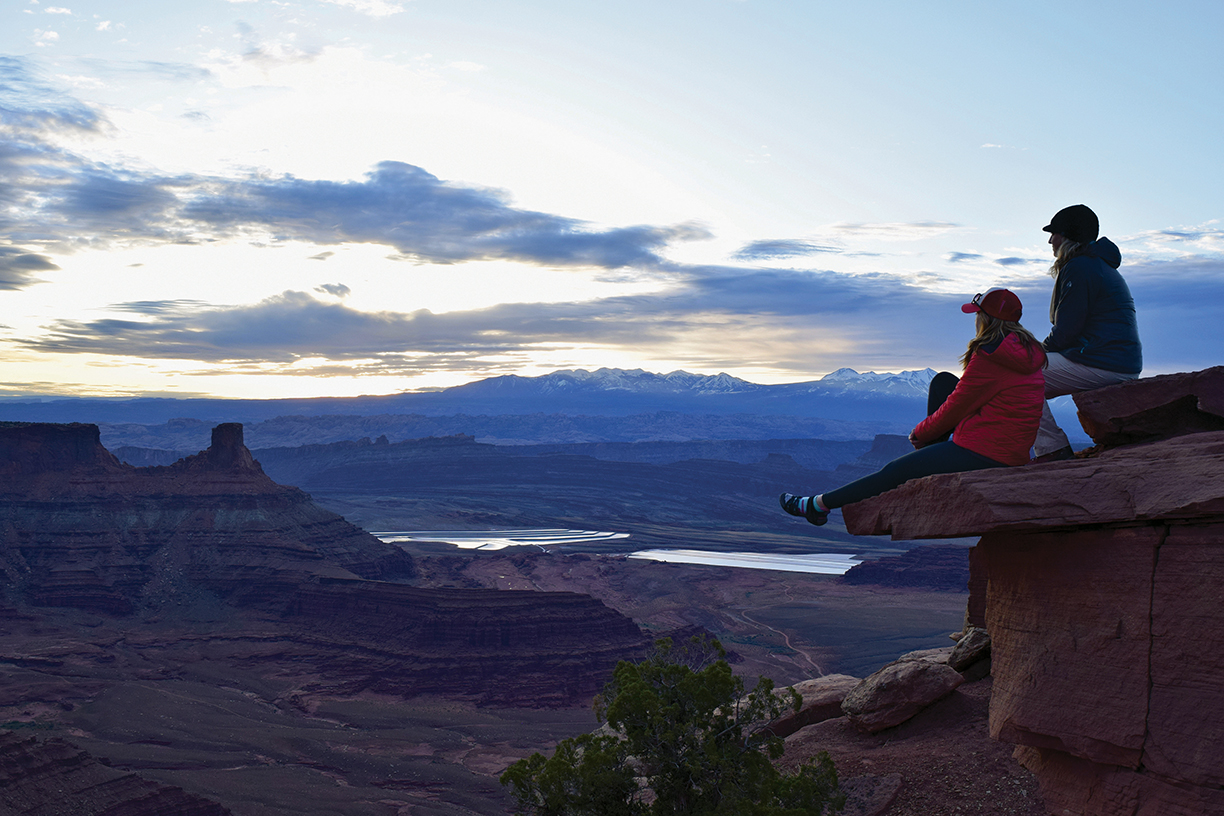
Courtesy of Explorer Chick.
Women are influencing all facets of the travel industry as they acquire more spending power.
Not only are women earning and spending more in 2019, but they’re traveling differently — from the activities pursued, to the destinations visited, to the companions chosen. And they’re making an impact. Women currently make 70 percent of all travel decisions, according to Bridget Brennan’s “Why She Buys.”
“It’s a really interesting time for women globally — more and more women are getting an education, having careers, managing their own finances and disposable income. As a result, these women are beginning to seek travel experiences that are purely for themselves,” says Lauren Bates, founder
of Wild Terrains — a women-only group travel company that supports female-owned businesses.
Although it’s not the case for all women, more female travelers are breaking away from “stereotypical” female-catered trips. Instead of yoga retreats, spa weekends and relaxing getaways, women are pursuing high-intensity travel experiences, driving the rise of Adventure Travel — travel that typically involves physically challenging outdoor activities.
Seventy-five percent of travelers pursuing nature, adventure, or cultural trips are women between the ages of 20 and 70, according to the Travel Industry Association of America.
“Women have always been a force in the travel industry, but social media has really brought that to light,” says Nicki Bruckmann, founder of Explorer Chick, an adventure travel company for women. “It’s moving from a dream to a reality for many women. Women who may have daydreamed about world travel are seeing that yes, they too can travel the world and have incredible experiences.”
Whether it’s supporting women who want to explore the Grand Canyon, cruise along the Nile River or float in the Dead Sea, the travel industry is shifting as it begins to focus on women, and their increasing desire for exploration. A growing number of female-catered travel companies are popping up, curating female-focused group travel experiences.
“A generation ago, women-only travel was an oddity,” says Debra Asberry of Women Traveling Together, a female-
catered travel tour company. “That is no longer true, but it is not widely known that women-only travel exists. Only when a woman starts searching for a travel solution for herself does she discover the myriad of choices out there.”
The growing desire for female-catered travel is closely tied to the type of trips women are pursuing.
“I could only find women’s group trips that were activity-specific, focusing on things like yoga and trekking,” says Bates, of her experience prior to launching her business. “That frustrated me on a personal level, because I’m a more dynamic traveler…. It also frustrated me on a broader level, because I believe globally we tend to market to women in a very one- or two-dimensional way that misses the mark on what women are really craving in terms of experiences.”

West Virginia
Courtesy of Explorer Chick.
Old Havana, Cuba
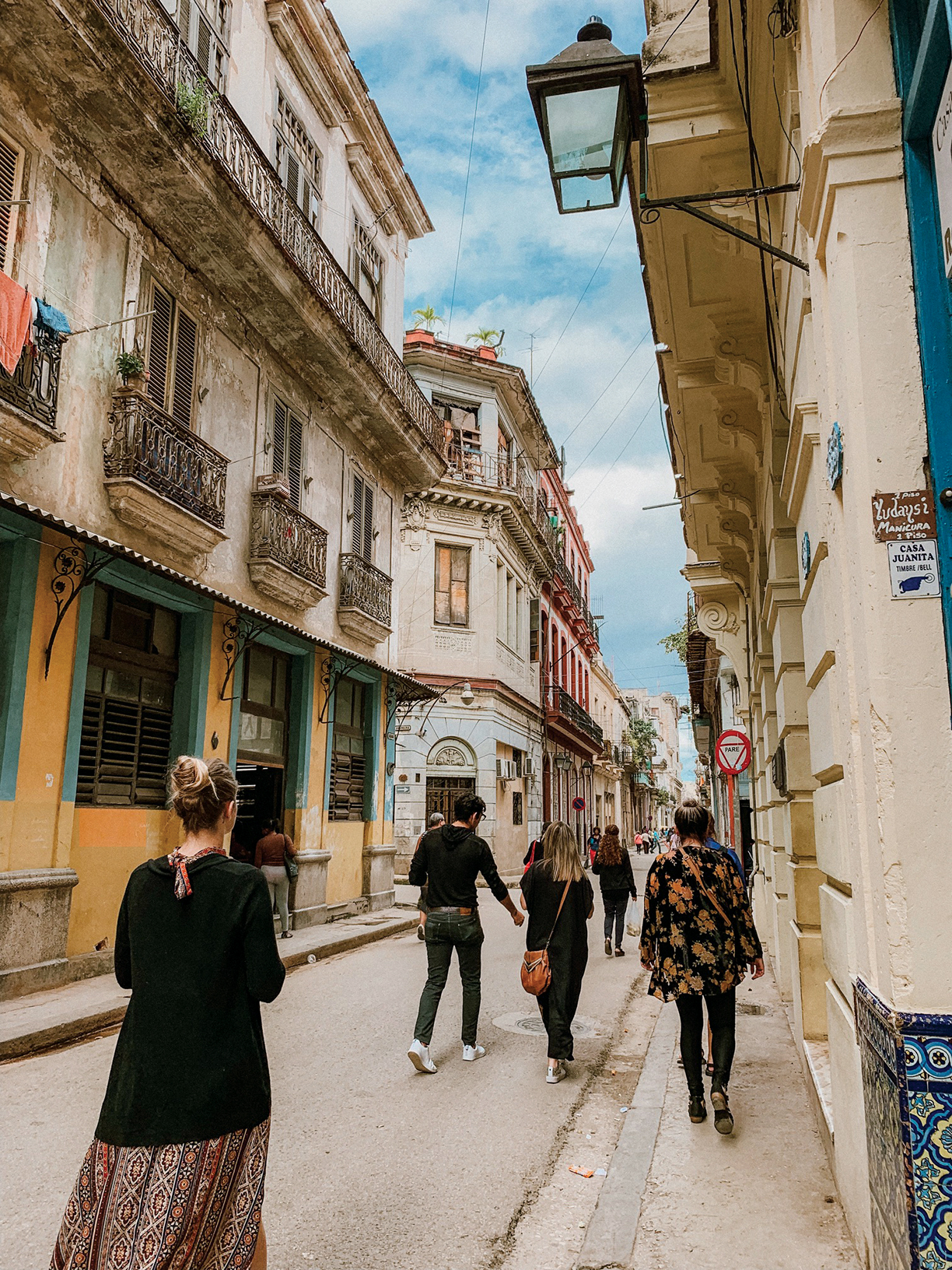
Courtesy of Damesly.
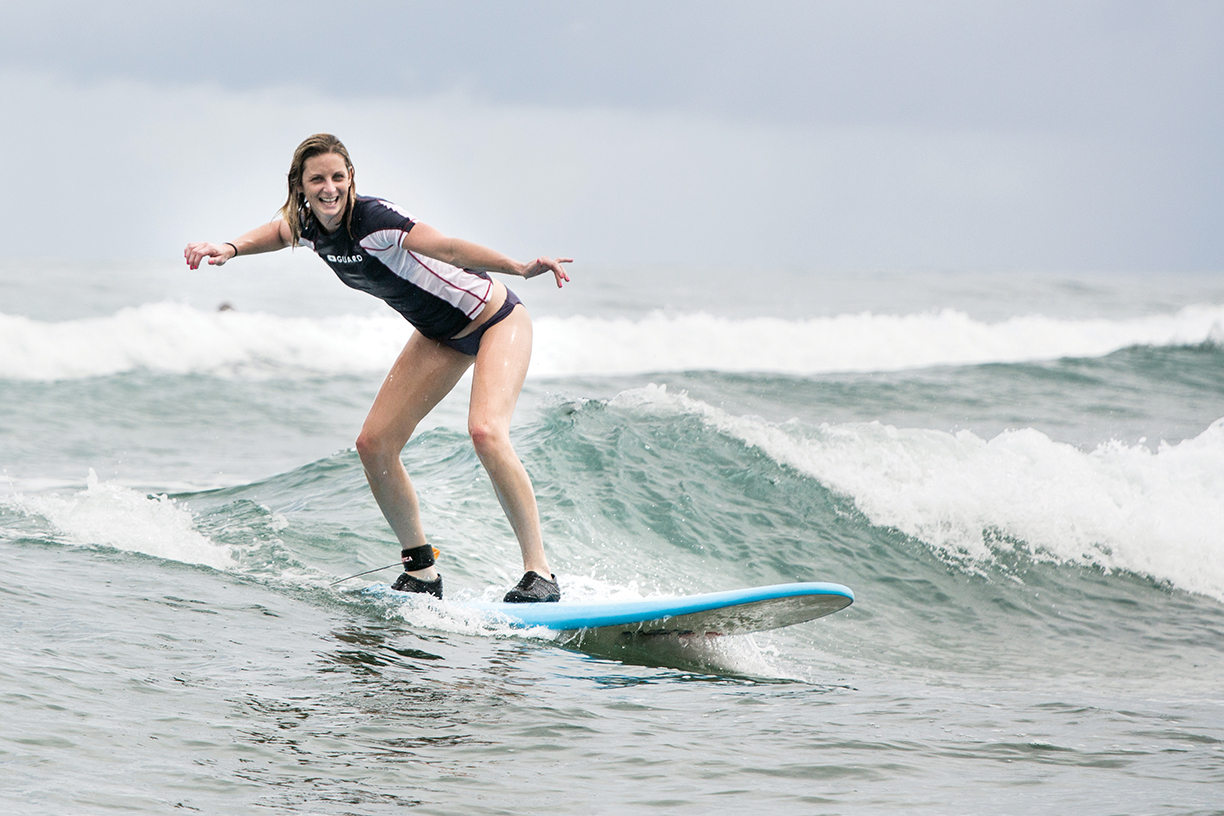
Dominican Republic
Courtesy of Explorer Chick.
“I often hear (and as was my case as well), that women just don’t have friends or family they can travel with in the way in which they want to travel,” says Bruckmann. “This is especially true for our adventure trips, since the itineraries are more challenging. So, instead of downgrading their vacation or compromising, women are booking group trips that meet their travel needs.”
Plus, these female-led businesses are not simply offering one-of-a-kind travel experiences, they are connecting and empowering women across the globe.
“When you have the non-judgemental support of 10 cheering women as you stand on the edge of a waterfall 35 feet in the air, your fears shrink, your courage grows, and you make that leap,” Bruckmann says. “Women overcome their fears on these trips, which often carries over into their daily lives.”
Kelly Lewis, CEO of Damesly — a boutique tour operator for women, says “it is very rare, in my experience, that women will find us just because they want to go to a specific destination. I think women find us when they need to, because they want to travel and they want to make friends.”
“Wild Terrains exists for women from all walks of life, in all stages of life. We want to give women not only a safe space to explore the world, but also a space to nourish their creativity and build relationships with each other,” Bates adds.
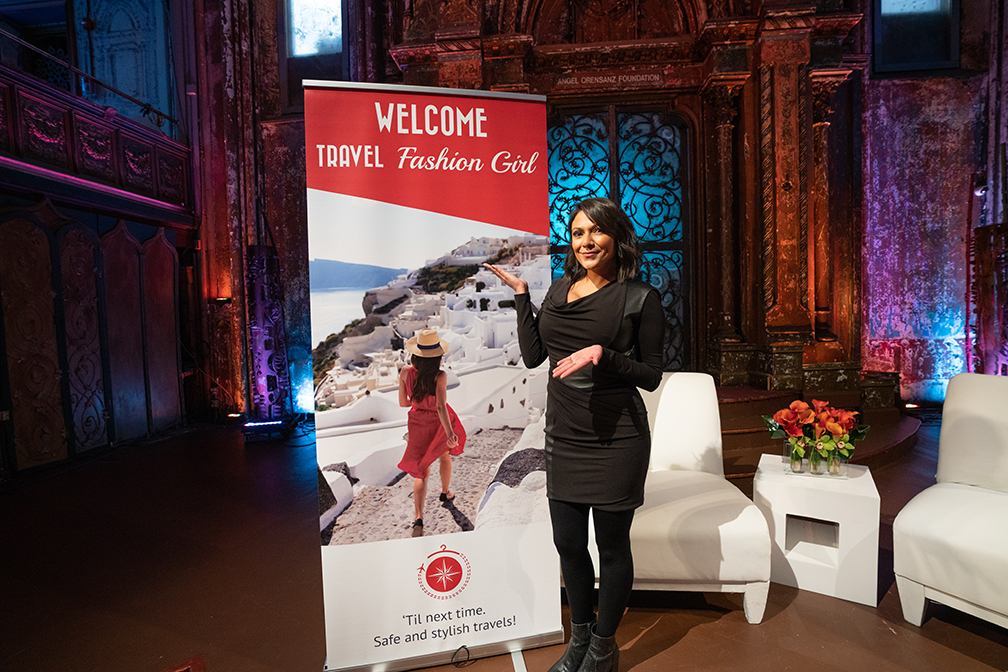
Alexandra Jimenez at Women’s Travel Fest 2019. Photo by Melissa Holtz.
For avid globetrotters, one of the biggest hurdles is trying to fit all the essentials into suitcases and bags that are manageable to carry from place to place. After leaving the corporate landscape and catching the travel bug, Alexandra Jimenez, founder of the Travel Fashion Girl blog and Compass Rose Travel Accessories, found herself trekking to India in 2008 and has been traveling and blogging ever since. Living out of a single carry-on suitcase, Jimenez’s nomadic style of travel combines with her fashion/business background and has helped her shape her best tips and tricks to travel with just a carry-on — whether the trip lasts a week or a year. Below are several key points to remember when packing light.
Keep in mind possible specific details about the destination and time
These factors can range from an assortment of situations and questions. What will the weather be during the time you are traveling? Keep an eye on the forecast. Are there any local customs or traditions that are present in that part of the region? Perhaps the destination has a more conservative culture, so more lengthy and less transparent pieces are necessary. Will you have somewhere you can do laundry? Plan for that by bringing at least 1 week of clothing.
Consider your fabrics
The most important factor, Jimenez stresses, is choosing the right fabrics. Not only do the clothes you pack affect your outfit choices, they also affect what other essentials you’ll need based on their weight. She says to weigh each garment in your hands to determine if it will add unnecessary weight to your luggage. Not only that, but for organizational reasons it is good to fold and roll the garments beforehand to determine if they will be too bulging to pack effectively.
One fabric Jimenez raves about is merino wool, available in an assortment of styles and individual pieces. Not only is the fabric lightweight, it also wicks away moisture and helps you stay warm during cold weather.
Create your perfect capsule wardrobe
A great way to first get a grasp on exactly what to pack is to pick pieces that make a complete capsule wardrobe. A capsule wardrobe is a sampling of outfits composed of between eight and 15 pieces, everything from tops and bottoms to dresses and pantsuits. These pieces should be interchangeable with each other, another key factor, in order to maximize your outfit options.
To help, Jimenez notes to choose a color story to stick to when planning outfits, pieces that are in similar or complementary shades.
Finalizing this capsule wardrobe also requires you to “choose pieces that you love and feel good about yourself,” Jimenez says. A fun way she recommends planning outfits is to take time beforehand to try on outfits and take pictures in front of a mirror. Not only does this help you plan outfits you love and decide what pieces will work together, but can also help you on trips on days when you don’t want to think about what to wear.
To further complete the perfect capsule wardrobe, key factors to keep in mind are your planned activities. This affects choices like which shoes to bring, what accessories to wear, etc. For shoes, she stresses to pick 3 types: comfort for activities like walking or sightseeing, function in case of more active adventuring, and a wild card for more formal or weather-permitting instances.
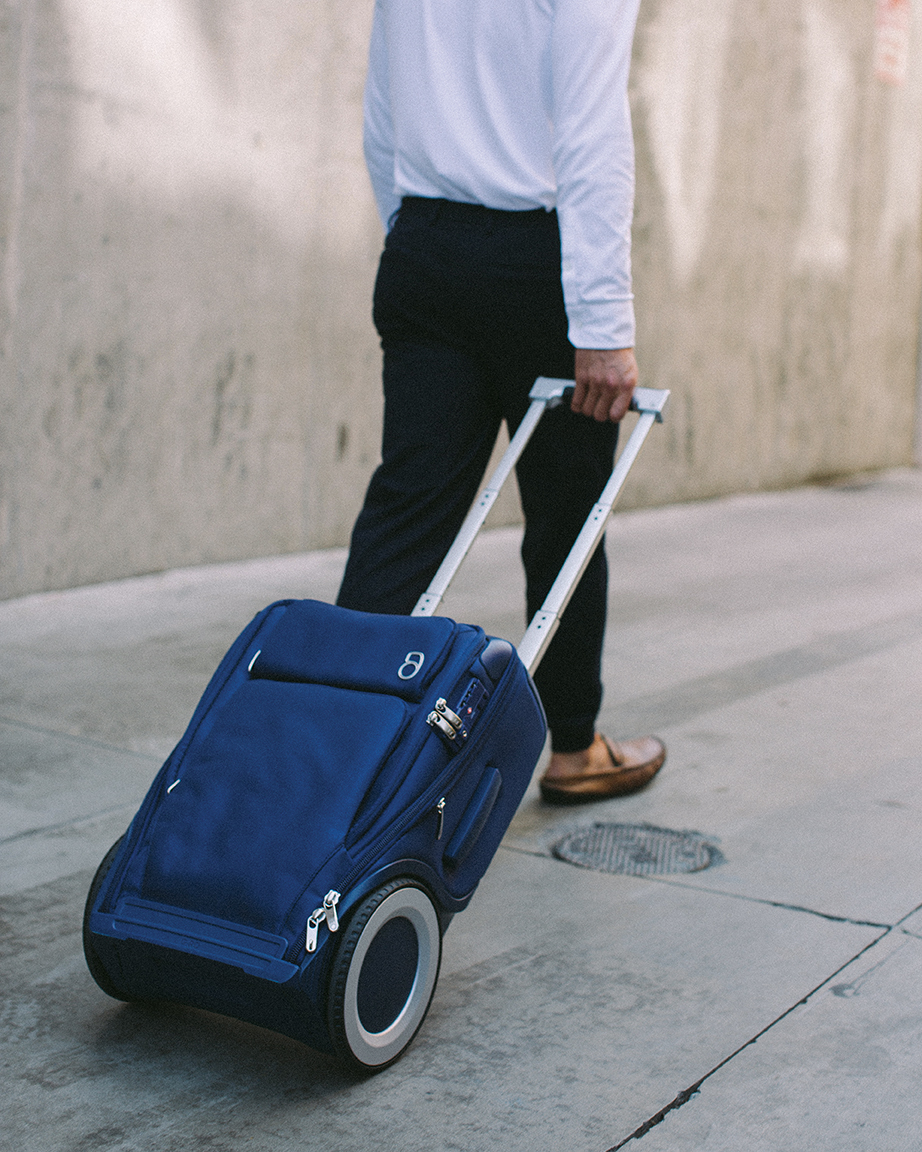
Image courtesy of G-RO.
Once everything is assembled, the best way to fit everything into a carry-on, Jimenez recommends, is using packing cubes. Not only do these essential make it easy to fit as much into one suitcase, they also help with organization. Jimenez’s travel accessory company features packing cubes to help travelers achieve carry-on status.


